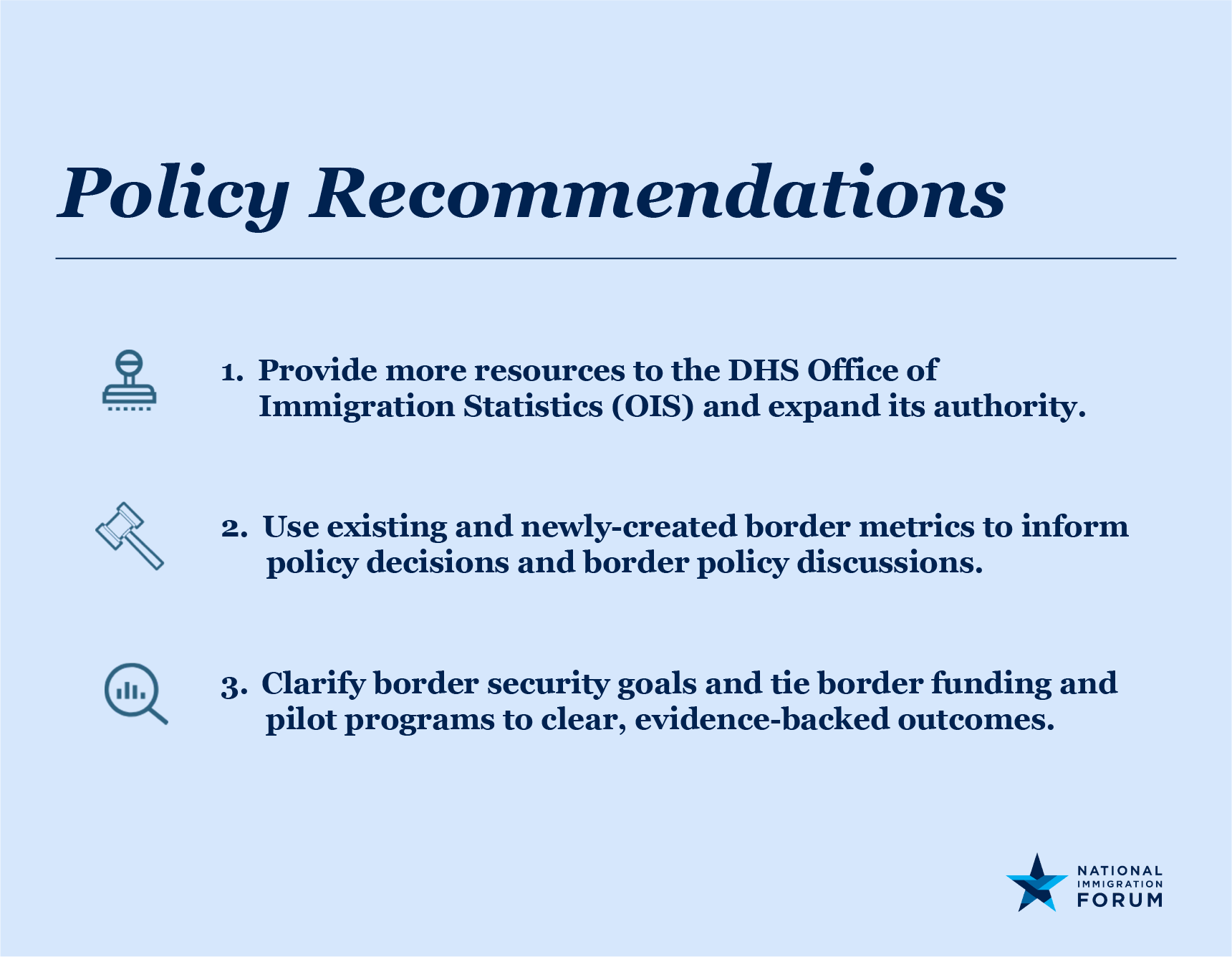John,
The border has dominated immigration policy conversations over the past two decades. However, there have been relatively few attempts by both lawmakers or presidential administrations to create a functional definition of "border security" or to orient border policy and funding around achievable, data-driven targets. In turn, this has created a lack of a healthy dialogue around border solutions across the political spectrum.
We recently released a paper to address how to build a healthier border dialogue. Read the resource here.
In 2011, researchers Edward Alden and Bryan Roberts wrote that "the Department of Homeland Security has never clearly defined what border security means in practice."
More than a decade later, the statement still holds true.
The vagueness which characterizes our nation’s border discourse has not slowed a massive appropriation of resources to attempt to secure the border, despite the lack of a clear definition of what that means. The U.S. currently spends more money on border security and immigration enforcement than on all other federal law enforcement agencies combined — and the gap is widening.
But because we have not paired investment with clear and timely outcome reporting, it has been a struggle to demonstrate how security challenges are being addressed on the ground.
Read our resource on how we can build a healthier border dialogue.
In the paper, we describe how policy makers have largely been unable to create a functional definition of "border security" or to orient border policy and funding around achievable, data-driven targets. After surveying existing efforts to quantify border security, the paper proposes a new framework along with some concrete policy recommendations.
Here’s a glimpse of some of the recommendations we propose. Click to read more.

After reading this resource, let me know your thoughts. I’d love to hear what you think.
Thank you for reading,
Danilo Zak
Assistant Vice President of Policy & Advocacy
National Immigration Forum
| |
|---|
|
|---|
|
|